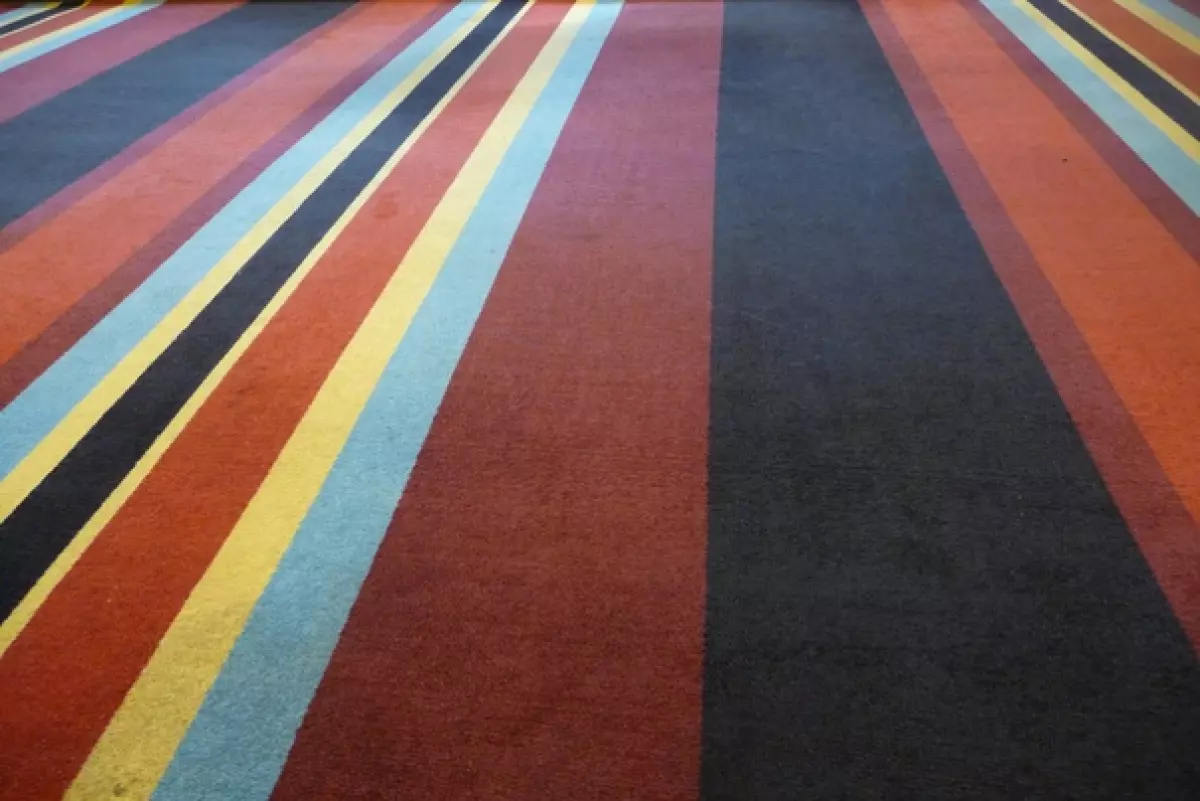Changes to our daily lives and businesses due to the COVID-19 pandemic have shown us the remarkable improvements that can be made to air quality when we prioritize sustainability. It's evident that making socially responsible and environmentally conscious choices can have a significant impact on our planet. But let's face it, making these choices can be overwhelming. That's why it's crucial to turn to experts with extensive training and access to the latest information. An interior designer can create spaces that not only enhance our lives but also contribute to a healthier and safer environment by reducing energy consumption and carbon footprint.
Understanding Green Interior Design
Green interior design is built upon three fundamental principles: energy efficiency, resource conservation, and health. By designing or remodeling interiors with energy efficiency in mind, we can reduce pollution and save resources throughout the lifespan of the space. While upfront costs may be higher, the long-term savings from reduced energy consumption make it worthwhile.
Designing with resource conservation in mind involves making mindful choices about limited resources. Opting for long-lasting and adaptable designs or considering future reuse minimizes the need for frequent remodels and reduces waste. Additionally, green interior design prioritizes the health and well-being of users by designing spaces that prevent indoor air pollution. It's a forward-thinking approach that benefits current and future generations while protecting the environment.
Is "Green" the Same as Sustainable?
Although the terms "green" and "sustainable" are often used interchangeably, they carry slightly different connotations. "Green" is a term that has been established through rating systems like LEED, providing us with a practical definition based on today's standards. As environmental practices become more mainstream, the definition of "green" evolves.
On the other hand, sustainability is an aspirational mindset rather than a technical standard. It focuses on meeting the needs of the present generation without compromising the ability of future generations to meet their own needs. While this definition remains constant over time, it is less specific to current possibilities.
At Design Institute of San Diego, we prefer to use the term "sustainable" as it encompasses both environmental impact and social responsibility. We aim to go beyond minimum "green" standards and become leaders in environmental design, pushing the boundaries of eco-friendly design practices. Our goal is to achieve truly sustainable interior design.
Twelve Examples of Sustainable Design
Here are some practical examples of sustainable design that you can incorporate into your interiors:
1. Avoid Volatile Organic Compounds
 Photo: At East Village Theater - "Carpet" by Rex Roof, shared under Creative Commons Attribution.
Photo: At East Village Theater - "Carpet" by Rex Roof, shared under Creative Commons Attribution.
Selecting low or no VOC (volatile organic compounds) products, such as paints and carpets, can preserve the air quality of your home or office and protect respiratory health.
2. Material Reuse
 Photo: "It Never Rains in Southern California" by Kylie_Jaxxon, shared under Creative Commons Attribution-ShareAlike.
Photo: "It Never Rains in Southern California" by Kylie_Jaxxon, shared under Creative Commons Attribution-ShareAlike.
Reusing durable materials, like construction materials, gives them a second life and reduces waste. There are various creative ways to repurpose materials and extend their lifespan.
3. Select Energy-Efficient Appliances Built to Last
 Photo: Appliances by Bryan Alexander, shared under Creative Commons Attribution.
Photo: Appliances by Bryan Alexander, shared under Creative Commons Attribution.
Investing in high-quality appliances that are energy-efficient and built to last can significantly reduce energy consumption and minimize future waste.
4. Consider the Life-Cycle of Materials
 Photo: "International Recycling Symbol," Public Domain.
Photo: "International Recycling Symbol," Public Domain.
Assessing the entire life-cycle of materials ensures that they are environmentally responsible from production to eventual recycling or repurposing. Certifications like Cradle to Cradle and SMaRT Certified help in making sustainable choices.
...[and so on...]
Sustainable Interior Design at Design Institute
At Design Institute of San Diego, social responsibility and sustainable design are at the core of our vision. Our students become leaders in energy and environmental design by studying these crucial topics in-depth. We integrate sustainable design principles throughout our curriculum, considering aspects like energy efficiency, sustainable sourcing, and the environmental impact of design choices. Our commitment goes beyond just meeting "green" standards. We strive to create designs that benefit the planet, your wallet, and most importantly, you.
So whether your personal style is neoclassical or mid-century modern, rest assured that sustainable interior design is possible in any style. Let's work together to create spaces that not only reflect your unique taste but also contribute to a better and more sustainable world.
Note: The images used in this article are from the original source and remain the property of their respective creators, shared under Creative Commons Attribution licenses.












